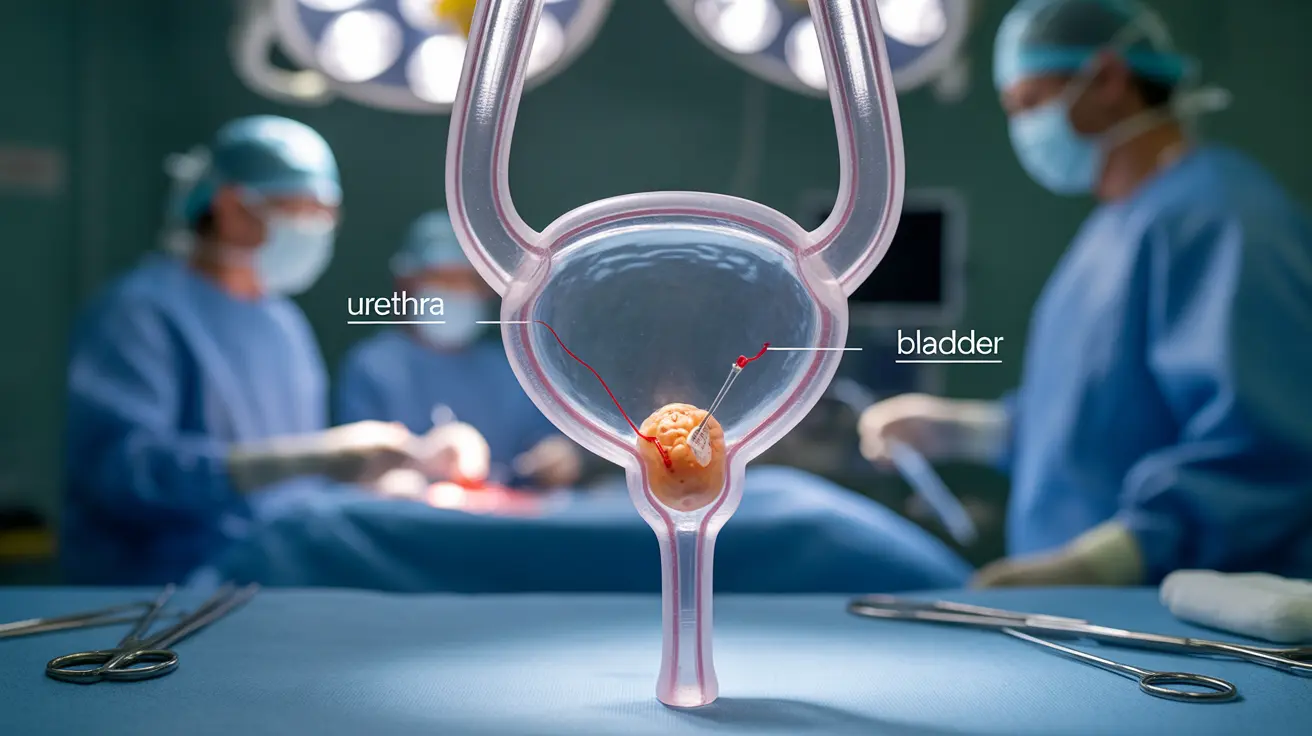Transurethral resection of bladder tumor (TURBT) is a crucial surgical procedure for diagnosing and treating bladder cancer. While generally considered safe and effective, understanding potential complications and recovery expectations is essential for patients and healthcare providers alike.
This comprehensive guide explores the various complications that can arise from TURBT surgery, recovery timelines, and important considerations for follow-up care to help patients make informed decisions about their treatment journey.
Common Complications After TURBT Surgery
Several complications can occur following a TURBT procedure, ranging from mild to more serious concerns:
Bleeding and Clotting
Blood in the urine is common immediately after surgery and typically resolves within a few days to weeks. In some cases, blood clots may form, potentially causing urinary blockage that requires medical attention.
Urinary Issues
Patients might experience various urinary symptoms, including:
- Frequent urination
- Burning sensation during urination
- Urgency to urinate
- Difficulty controlling urination temporarily
Infection Risk
Despite sterile surgical conditions, urinary tract infections can develop post-procedure. Symptoms may include fever, increased urinary frequency, and pelvic pain. Prompt antibiotic treatment is usually effective in managing these infections.
Recovery Timeline and Management
The recovery process after TURBT surgery typically follows a predictable pattern, though individual experiences may vary:
Immediate Post-Surgery Period
Most patients spend 1-2 days in the hospital for monitoring. During this time, a catheter helps drain urine and blood from the bladder.
First Few Weeks
Patients typically experience:
- Gradual improvement in urinary symptoms
- Decreased blood in urine
- Return to normal activities within 2-3 weeks
- Ability to resume work within 1-2 weeks, depending on job requirements
Follow-Up Care and Monitoring
Regular follow-up is crucial after TURBT surgery to ensure complete recovery and monitor for cancer recurrence:
Cystoscopy Schedule
Follow-up cystoscopies are typically performed at regular intervals to check for tumor recurrence and ensure complete removal of cancerous tissue.
Additional Treatment Considerations
Some patients may require a second TURBT procedure, particularly in cases where:
- Initial tumor removal was incomplete
- High-grade tumors were found
- No muscle tissue was present in the initial specimen
- There's a need to confirm the stage of cancer
Frequently Asked Questions
- What are the most common complications of TURBT surgery?
The most common complications include urinary bleeding, infection, temporary urinary problems such as frequency and urgency, and potential bladder perforation in rare cases. Most complications are manageable with proper medical care.
- How long does it take to recover from a TURBT procedure, and what are the typical side effects?
Recovery typically takes 2-3 weeks. Common side effects include blood in urine, frequent urination, and mild discomfort. Most patients can return to normal activities within this timeframe, though urinary symptoms may persist for several weeks.
- Can urinary tract infections be a complication of TURBT, and how are they treated?
Yes, UTIs can occur after TURBT. They are typically treated with a course of antibiotics specifically chosen based on bacterial culture results. Symptoms usually resolve within a few days of starting treatment.
- What are the main reasons for needing a second TURBT procedure after the first one?
Second TURBT procedures may be necessary if the initial tumor removal was incomplete, if high-grade tumors were found, if muscle tissue wasn't present in the sample, or to confirm cancer staging accurately.
- How does TURBT compare to other treatments for bladder cancer in terms of effectiveness and risks?
TURBT is considered the gold standard for early-stage bladder cancer treatment. It offers lower risks compared to more invasive surgeries and allows for both diagnosis and treatment in one procedure. However, its effectiveness depends on cancer stage and may need to be combined with other treatments for optimal outcomes.




